PLANKTOVIE is part of a European COPERMIX consortium aimed at better understanding these mixing phenomena
With its expertise in developing bioreactors that meet stringent mixing quality requirements, PLANKTOVIE is part of a European COPERMIX consortium aimed at better understanding these mixing phenomena.
The EU-funded CoperMix project will train a new generation of scientists and engineers to be equipped with new visions and tool sets for mixing to meet the growing need to understand and predict mixing processes in environmental and industrial applications. Mixing is the science describing the evolution of the concentration of a substance (tracers, chemicals, heat, bacteria …) in a continuous substrate that eventually deforms. It is also a necessary process or phenomenon that occurs at all scales, from the molecular to the planetary, in all non-equilibrium human and natural activities. Most approaches to mixing used in science and engineering are based on mean-field approaches or phenomenological mixing models, which focus on dynamics through effective coefficients such as microscale mixing, diffusivities, or purely descriptive characterization of mixing through entropy measurements for example. A predictive approach that takes into account the multiple facets of mixing dynamics in a wide variety of applications and domains is emerging however: It consists in visualizing a mixture as a set of elongated strips and sheets, understanding how they are stretched and dispersed by the flow, a step we call Agitation. This first step provides the necessary tools to couple the molecular diffusion, leading to the complete statistical description of the mixing process, that is, the complete distribution of concentrations. In this sense and in contrast to traditional approaches, this disruptive vision has given rise to new numerical and experimental methods and offers a transformative vision for Mixing to consider its impact in a diversity of domains and learn from the medium itself. A new generation of scientists and engineers is needed to be aware of these fundamental issues and equipped with new visions and tool sets for mixing to address the growing need for understanding and predicting mixing processes in environmental and industrial applications. The CoperMix training network proposes to meet this challenge by setting up an innovative and entrepreneurial training program that drastically renews the methods and approaches of the subject and integrates this new strategic vision of Mixing into leading academic curricula.

